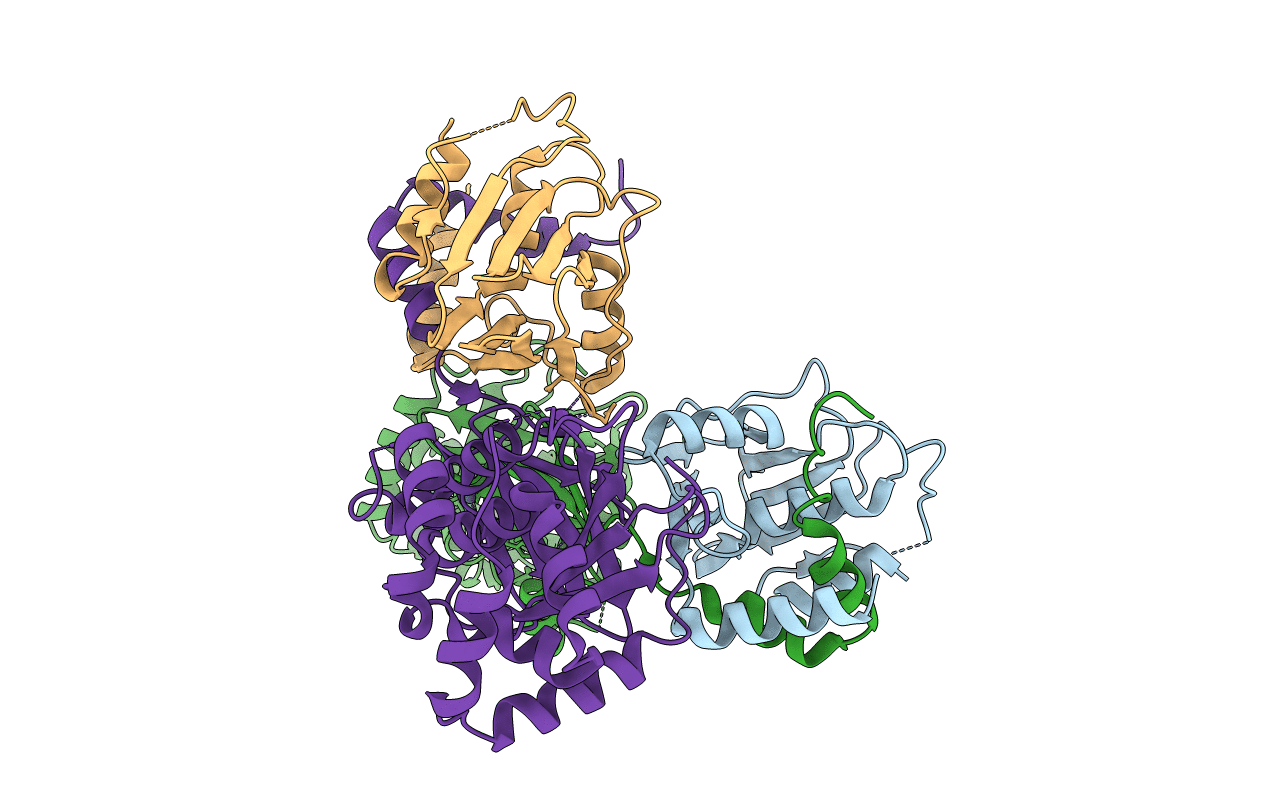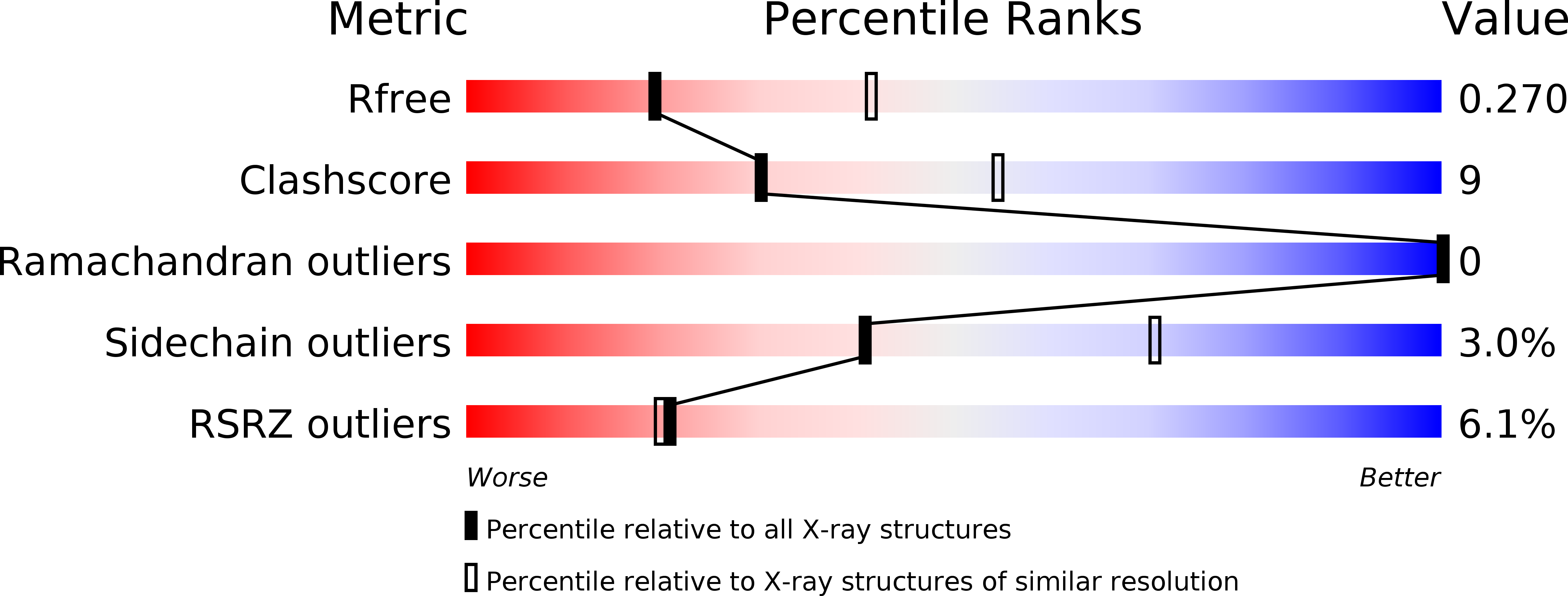
Deposition Date
2015-03-31
Release Date
2015-11-11
Last Version Date
2024-10-16
Entry Detail
Biological Source:
Source Organism:
Suid herpesvirus 1 (Taxon ID: 10345)
Host Organism:
Method Details:
Experimental Method:
Resolution:
2.71 Å
R-Value Free:
0.27
R-Value Work:
0.21
R-Value Observed:
0.21
Space Group:
P 43 21 2


